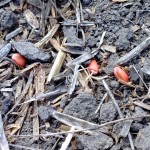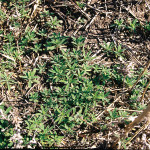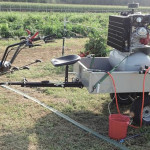Seeding operations are wrapping up for the 2016 season in Manitoba with progress estimated at 99 per cent complete. Crop types remaining to be seeded include canola and cereal crops for greenfeed and silage. Many areas of Manitoba received precipitation, with the Manitoba Agriculture’s Ag-Weather Program showing accumulations ranging from 4 to 74 mm. Crop injury










